How Low Can Joe Go?
Approval is down (again).
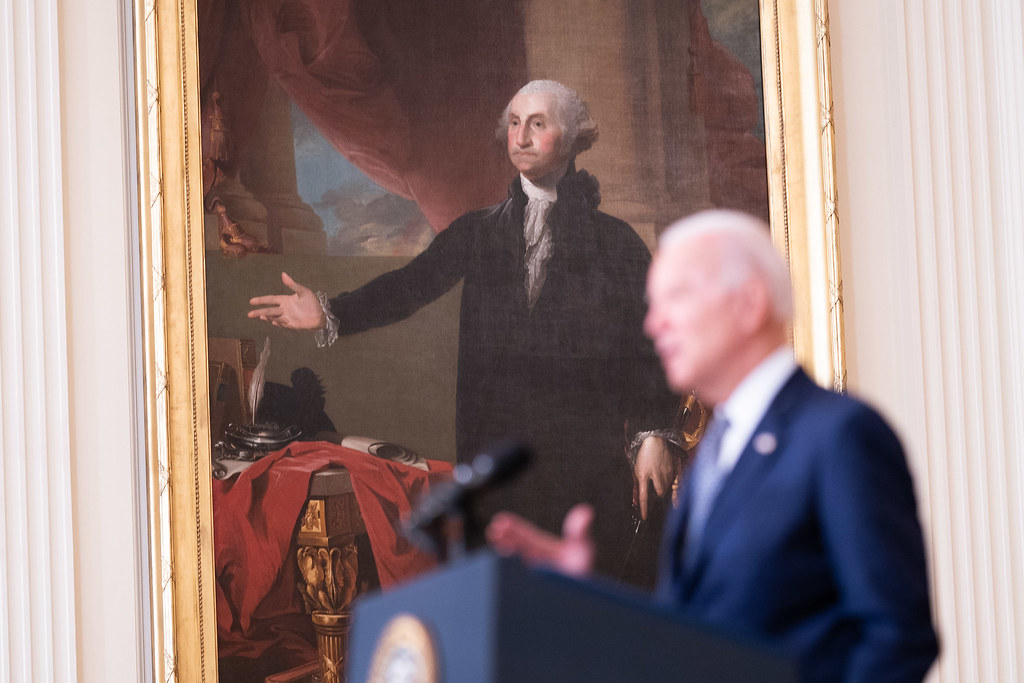
Via Gallup: Biden Job Approval Dips to New Low
President Joe Biden’s job approval rating has fallen below 40% for the first time and now sits at a personal low of 38%. Between September and June, the president’s rating had ranged narrowly between 40% and 43%. Before that, Biden mostly received majority approval ratings.
Fundamentally this is a combination of high levels of polarization in the public, meaning any given president likely has an approval ceiling not too far above 50%, and a combination of gas prices/inflation, recession fears, and discontent from the leftward parts of the Democratic coalition over matters (e.g., abortion) that the president has little influence over.
I suppose that some very recent legislative success may help bolster support from within his own party, the general prognosis for the mid-terms remains the same.
And all of this continues to show that typically the surest way to lose popularity is to be elected.
However, Biden is really having a hard time:
Biden’s sixth quarter in office, spanning April 20 through July 19, recently ended. During this time, an average of 40% of Americans approved of the job he was doing as president. No president elected to his first term has had a lower sixth-quarter average than Biden, although Jimmy Carter’s and Donald Trump’s ratings were only slightly better, at 42%. Barack Obama, Bill Clinton and Ronald Reagan also averaged below majority approval.

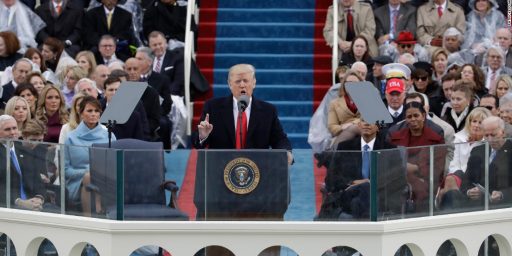
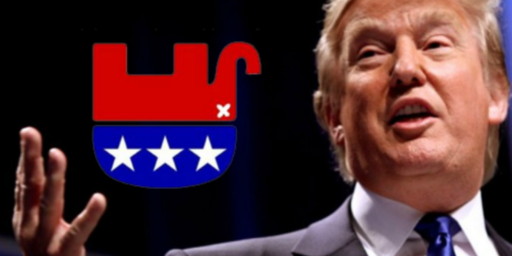

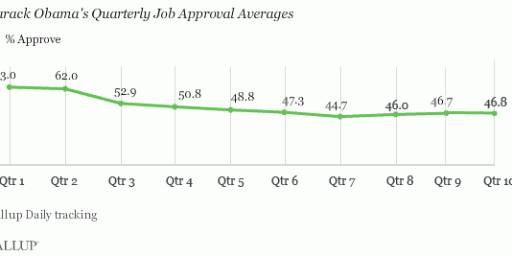
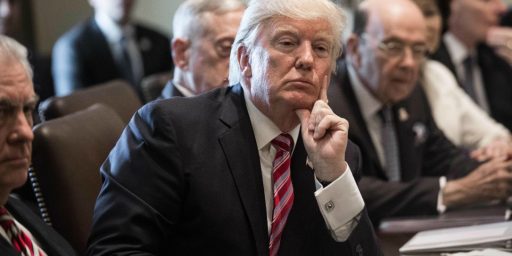
I think “any given president likely has an approval ceiling not too far above 50%” is pretty much the key here. I do suspect some number of Democrats will start to rally in the wake of some bills actually getting signed.
Inflation and grocery economics are the surest way to lose popularity.
Insofar as another energy shock is avoided and attention to energy transition mechanics is paid sans greeny Left magical green fairy planning, I will hazard the prediction that there is a signficant mid to higher single digits rebound coming. As contrary to my fears, the Democrats are seeiming to be rallying to sell an achievement rather than engaging in circular firing Squadism. Successs breeds Success. And selling the image of Success relentlessly, even shamelessly (in popular not egg-head intello terms and langauge) breeds more image of success.
@Lounsbury:..As contrary to my fears, the Democrats are seeiming to be rallying to sell an achievement rather than engaging in circular firing Squadism.
Right On!
@James is correct, that Biden’s ceiling for popularity is in the low 50% range. His current low numbers are primarily driven by unhappiness with Dems that they didn’t get their pony. They have nowhere to go, unless they’d like a reprise of TFG or DeSantis, so if Joe is on the ballot in 24 they’ll vote for him. As gas prices moderate, I paid $3.89 in Nebraska Thursday, and general inflation moderates over the next few months, the pessimism will recede.
We can be assured that the days of 60-70% presidential approval ratings are long gone and we should think in terms of 55% being an outstanding figure.
I don’t see how POTUS Job Approval is relevant anymore, certainly not enough so to warrant constant tracking. Generic congressional approval polling isn’t very relevant either. Between safe seats, gerrymandering, tribal loyalty, in-party/out-party cycles, and minority favoring rules, popularity doesn’t seem all the pertinent to getting elected or good governance once seated.
But he beats Trump and other likely challengers in match-ups. So what does this number mean, if anything?
@Cheryl Rofer: It means you learned nothing from 2016.
@Lounsbury:
You just can’t help yourself, can you? Do you wear a dickbit that measures the number of times you’re an asshole for no reason?
When you engage on substance, your comments are useful. Not so much when they’re like this.
538 shows Biden with a small up-tick to 39.4%. That’s 16 points underwater, which ain’t great. But just a week ago it was 20.
538 also shows somewhat improved odds for the Senate (56 to 44) and even very slightly improved (though still waaaay not good) odds for the House, 17 to 83.) And we are winning the money primary. We are still 3 months out.
@Lounsbury:
Did we not hold elections in 2018 and 2020?
@Lounsbury:
Oh you’re doing plenty of that for them…
I find Biden’s low job approval incomprehensible. Trump averaged 43% – the highest of any of his four years – in 2020, while he presided over the twin disasters of a bungled pandemic and the associated massive economic slump. Americans were less concerned about horrible unemployment and tens of thousands of preventable deaths than they are about gas prices? I really have no idea what’s happening to the USA, but it’s hard to see any reason for optimism about its future.
@Ken_L: I would argue the difference is twofold:
1. The GOP coalition is more unified than the Democratic. Most of Biden’s deviation is within his own party.
2. Gas prices and food inflation. People blame the president for that stuff, irrational as that position is.
@Steven L. Taylor: A lot of people who barely follow politics and don’t really understand how our government works (when it does work) are furious that Biden wasn’t able to do … something … to prevent the reversal of Roe v. Wade. (Maybe drone strikes before the decision was announced? Or wishing really hard?)
It goes with the inflation and the gas prices as something he cannot control but which he will get the blame for.
These people aren’t going to vote Republican, of course, but they are going to need to be pulled back into the coalition, rather than being so disillusioned (because of their delusions) that they don’t vote.
Not having a series of bills ready when that decision was announced to begin protecting the remnants of the right to an abortion hurt the Democrats very badly. And Biden in particular (again, because people don’t quite understand the government and think the President can just do these things).
People would have been angry when the bills failed in the Senate because of the filibuster, but it would have moved the anger more clearly onto the Republicans, and showed that Democrats are willing to fight.
@Michael Reynolds: If you look at the polling for house races that 538 is using to generate its predictions, there’s frequently 20% undecided. I don’t see how you can have any meaningful confidence in predictions based on that.
My wildly uneducated guess is that there will be a surprise in 2018 with respect to polling. Whether it’s a good surprise or a bad surprise, I have no idea.
@Gustopher: I don’t think enough weight is placed on the different ways the right and the left communicate, and the impact that has on public perceptions. To put it in its simplest terms, most liberals feel a minimal obligation to make arguments based on factual evidence and logic, while the right has adopted lies and distortions as its default strategy. This has presented the left with Hobson’s choice: adopt the same dishonest approach as the right, or spend most of its time struggling defensively to correct the record. It has generally done the latter, but inevitably that cedes to the right the ability to frame the media narrative.
I remember, for example, Obama explaining once that he couldn’t do what some progressives expected him to “because he wasn’t an emperor”. That was immediately reported across the right-wing media networks as “OBAMA WANTS TO BE AN EMPEROR”. He was accused ever after of running an “imperial presidency”.
On another famous occasion, Obama made a lengthy argument about the obligation on business to contribute to society, pointing out how public sector institutions were necessary for businesses to survive and prosper. Republicans seized on one sentence in that long argument – “If you’ve got a business — you didn’t build that” – and pretended it was an attack on business owners. They even made “We built it!” the theme of one day of their 2012 convention.
Faced with this constant onslaught of dishonesty, which was perfected by Trump, Democrats have struggled to respond. The relentless propaganda inevitably influences public beliefs and media framing. I’ve seen countless instances of someone objecting to a point made by a Trump Republican while failing to question the false, larger narrative in which the point was made. Most people simply cannot adjust their approach to politics to assume that one side constantly lies, by habit and by inclination.
Voluntary adherence to basic norms of conduct by public officials is essential for a democracy to function effectively. Once one side in a two-party system opts out of those norms, there’s not much the other side can do in response. That’s why I see no good way forward for America.
@Gustopher:
Nine vacancies? What could go wrong?
@Ken_L:
“Voluntary adherence to basic norms of conduct by public officials is essential for a democracy to function effectively. Once one side in a two-party system opts out of those norms, there’s not much the other side can do in response”
As far as I can tell, both sides have opted out of this and many years ago.
@Matt: Unless I have unknowingly become an American Democrat &/or Lefty”(or Lefty in general), it is exceedingl difficult for me to participate in “circular fire squads” in any normal meaning of the phrase. Of course understand, you lot prefer to have a back-patting fest of self-affirmation and lefty kumbaya to whiste through in the dark.
@DK: yes, and this is relevant in what way?
@Lounsbury: Don’t worry, your usage of the term of “Lefty” (capitalization and all) inoculates you!
@Gustopher: Keep in mind, though, that the models are based on individual districts. We can predict almost all of those without any polling data whatsoever.
@Steven L. Taylor: I was completely ignoring all the assumed red/blue districts. Yes, 90% are known.
I meant of the 40 or so neutral/lean districts — the ones that will determine who controls the house. I clicked through a bunch and checked which polls they were based on. Not scientific, granted, but a quick verification that we don’t have reliable data for those.